New Paper Shows Invasive Species Removal is a Nature-Based Solution for Climate Resilience
Island Conservation and partners have published a new paper quantifying ecosystem resilience on restored islands!
Restoring islands for nature and people worldwide.
Published on
October 13, 2017
Written by
Emily Heber
Photo credit
Emily Heber
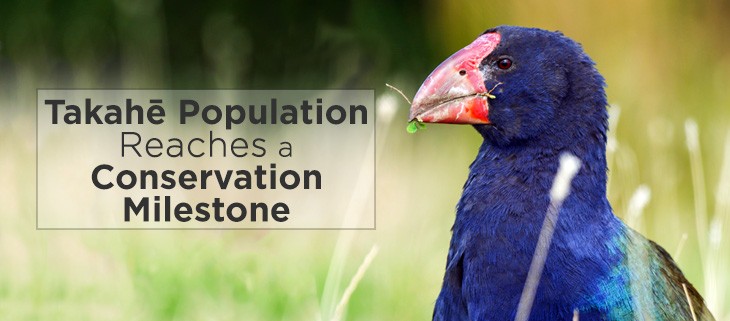
Sometimes in life, modest milestones can feel like huge victories. Such is the case for conservation efforts aimed at protecting New Zealand’s South Island Takahē. Takahē are large flightless rails that live in the New Zealand grasslands. Their populations were never large, and for 50 years the species was believed to be extinct until rediscovery in 1948 when there were an estimated 200-400 individuals. Now conservationists are celebrating the return to a population size of 300 individuals, but this is not the end of the storyline. More work needs to be done.
The rediscovery of the South Island Takahē in 1948 made international news, but the species was not safe in its remote South Island habitat. The introduction of invasive predators such as stoats and invasive Red Deer rapidly decreased the bird population. In the 1980s approximately 100 wild Takahē lived in the New Zealand’s Murchison Mountains. The dramatic decline was a warning sign for conservationists.

Noticing the calamitous effects of invasive stoats, the New Zealand Department of Conservation stepped in to save the large, flightless bird and begin a captive breeding program. Takahē typically lay multiple eggs, but in the wild only one survives. Conservationists stepped in and took all but one fertile egg from the nest, leaving one egg for the parents to hatch while the remaining eggs were cared for in captivity. The following spring, the captive-bred birds would be released into the wild.
In 2011, after decades of using this system of captive breeding, research showed that captive-bred Takahē were unsuccessful at rearing their own chicks. Now, the Department of Conservation uses predator-proof fences to protect Takahē and support them in raising their chicks safely before the hatchlings are released into the wild.

Although the species has reached a milestone of 300 individuals, new conservation efforts and ideas are still in the works. Stoats are one of the leading causes of Takahē population decline and in 2007 wiped out 40% of the wild population. Finding long-term solutions to the invasive species problem in New Zealand is vital to the continued population growth of the rare Takahē. Continued efforts to save the species will be boosted as New Zealand works towards its Predator Free 2050 goal. For now, conservationists around the world celebrate this milestone for the Takahē.
Featured Photo: A Takahē at Tawharanui Regional Park. Credit: Shaun Lee
Source: Radio New Zealand
Check out other journal entries we think you might be interested in.
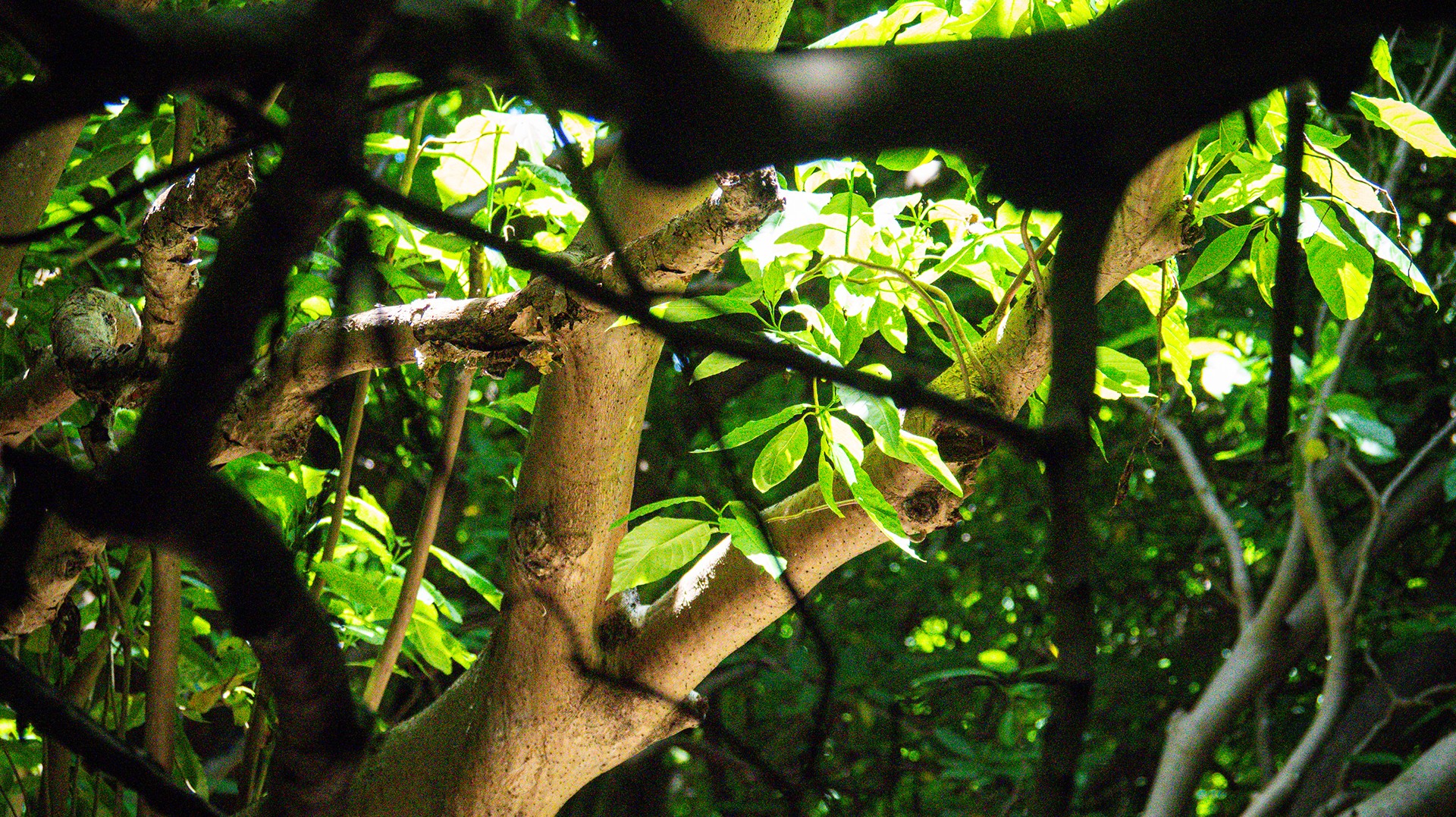
Island Conservation and partners have published a new paper quantifying ecosystem resilience on restored islands!
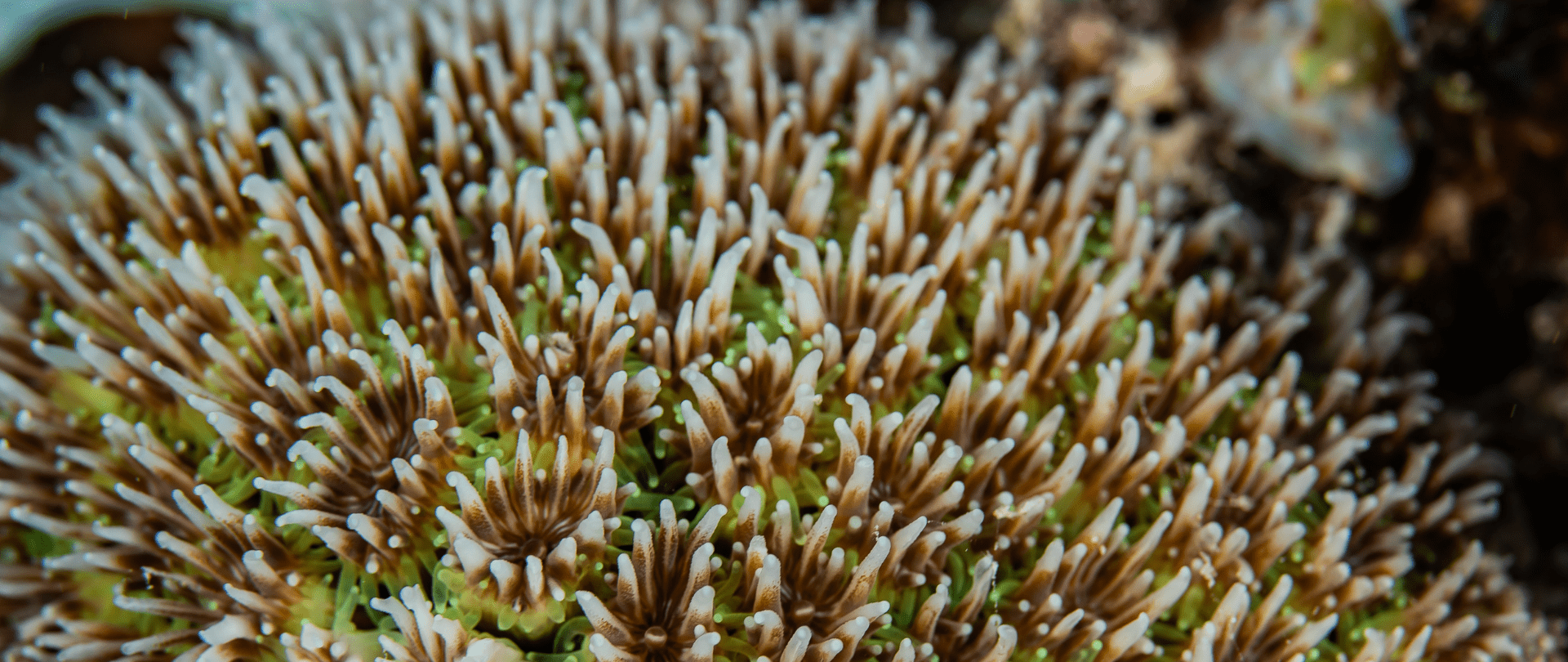
Climate Week NYC: what is it and why is it important? Read on to find out why Island Conservation is attending this amazing event!
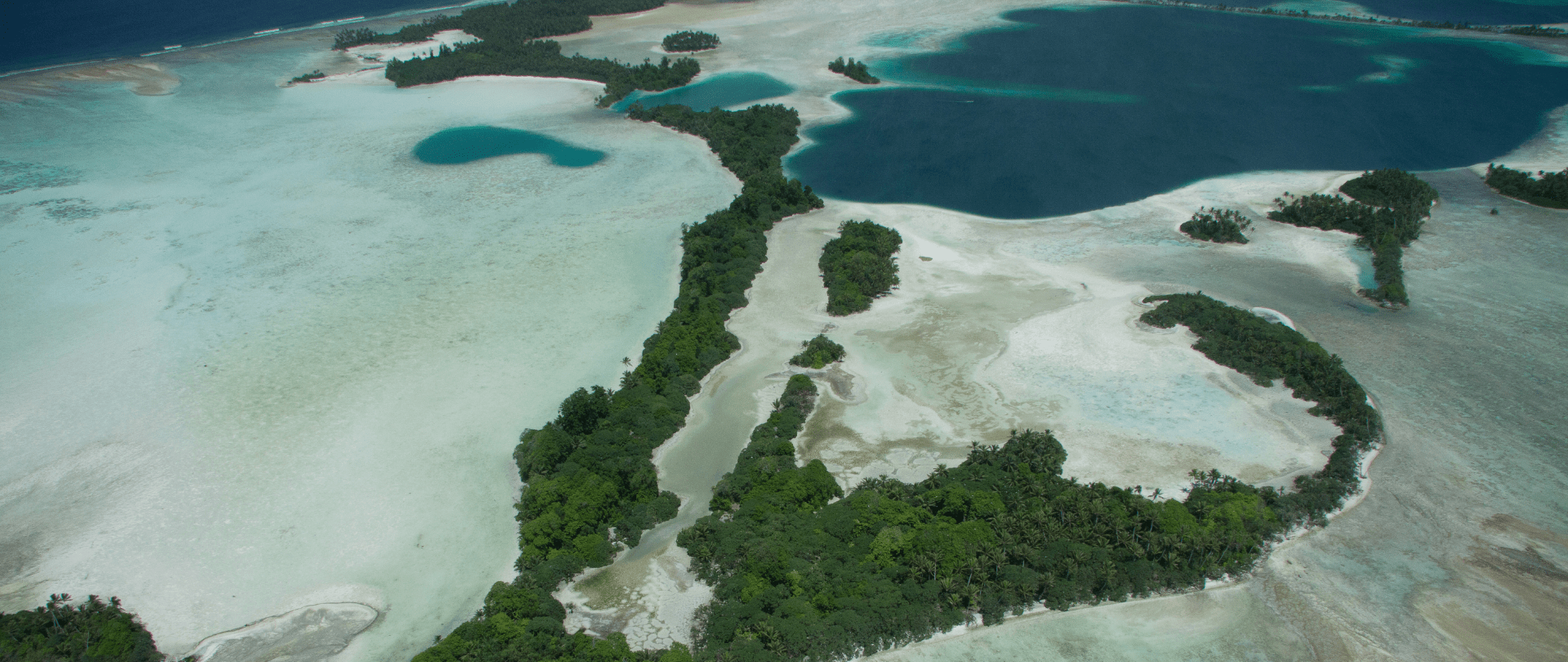
With sea levels on the rise, how are the coastlines of islands transforming? Read on to find out how dynamic islands really are!

Join us in celebrating the most amazing sights from around the world by checking out these fantastic conservation photos!
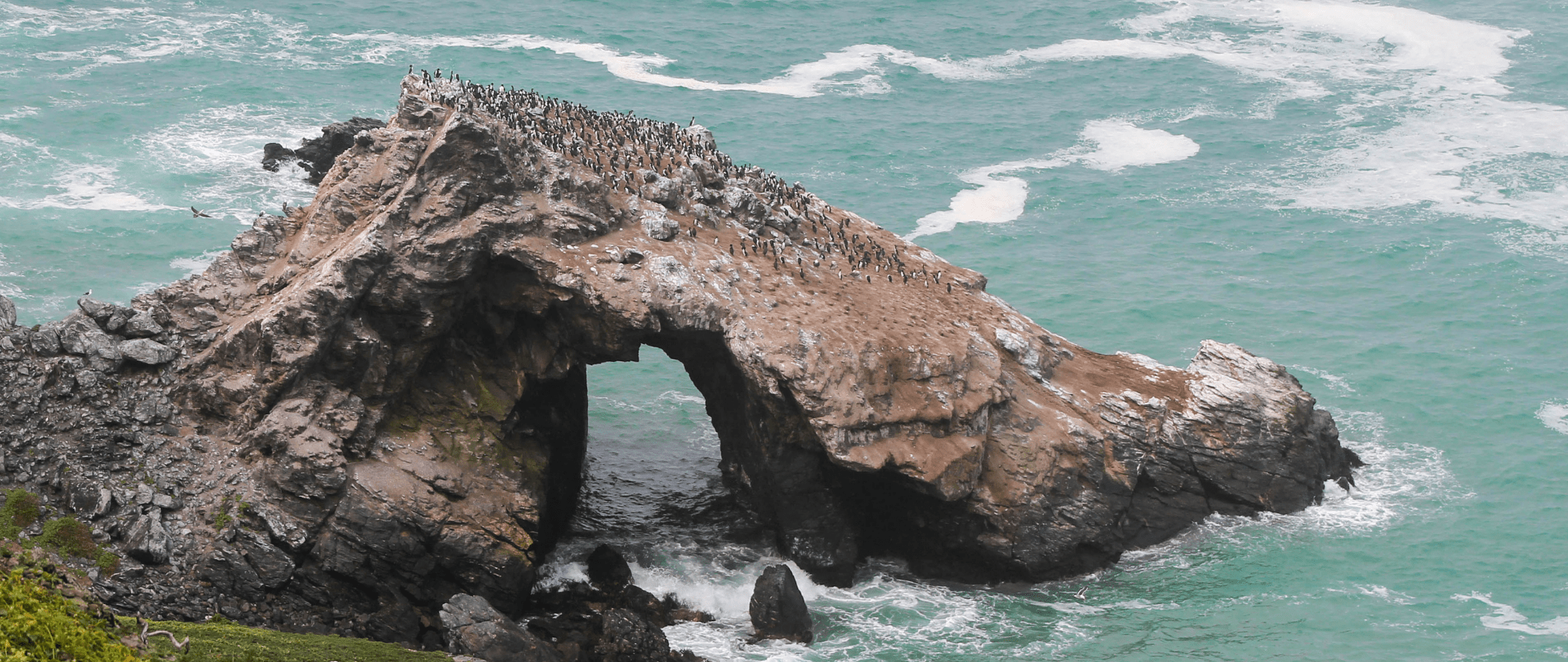
Rare will support the effort to restore island-ocean ecosystems by engaging the Coastal 500 network of local leaders in safeguarding biodiversity (Arlington, VA, USA) Today, international conservation organization Rare announced it has joined the Island-Ocean Connection Challenge (IOCC), a global effort to…
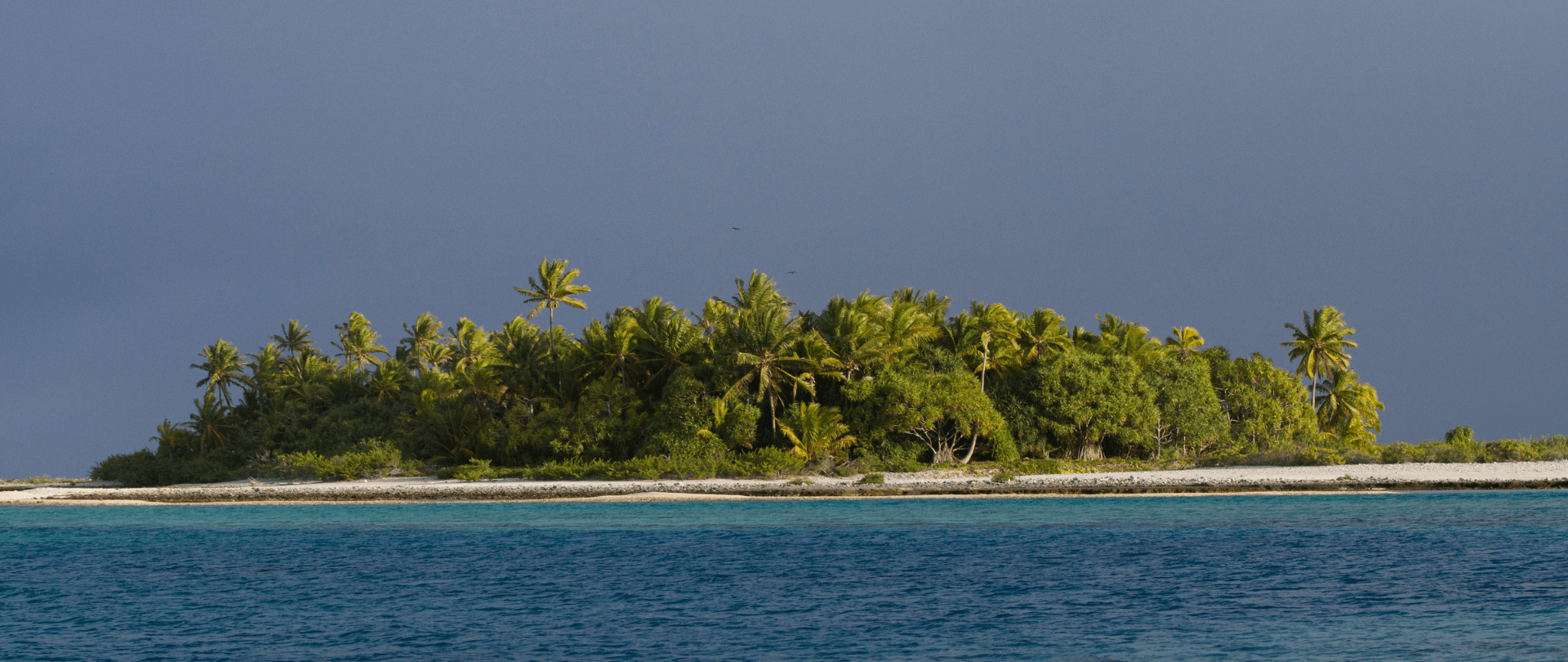
Island Conservation accepts cryptocurrency donations. Make an impact using your digital wallet today!
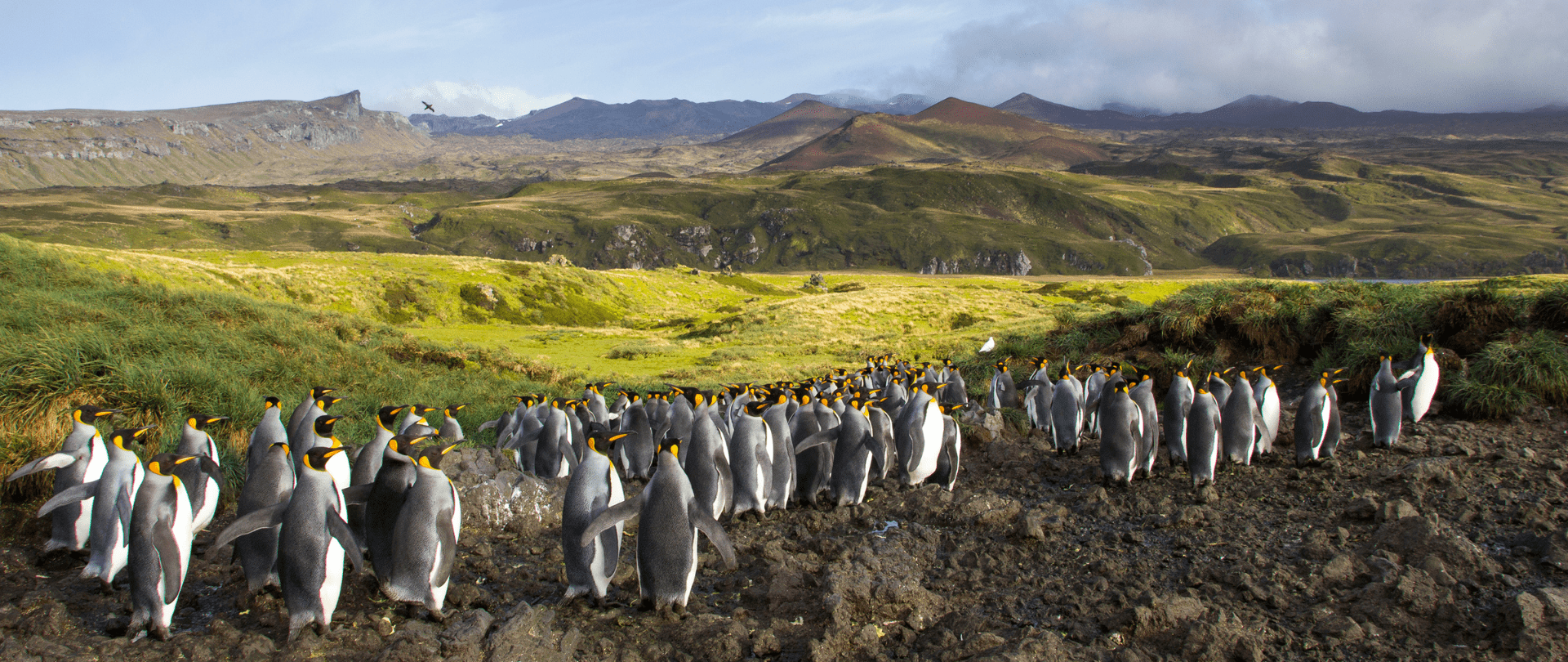
For Immediate Release Conservation powerhouse BirdLife South Africa has joined the Island-Ocean Connection Challenge (IOCC) – a global initiative aiming to restore, rewild and protect islands, oceans and communities – to support its work to save internationally significant albatross populations…
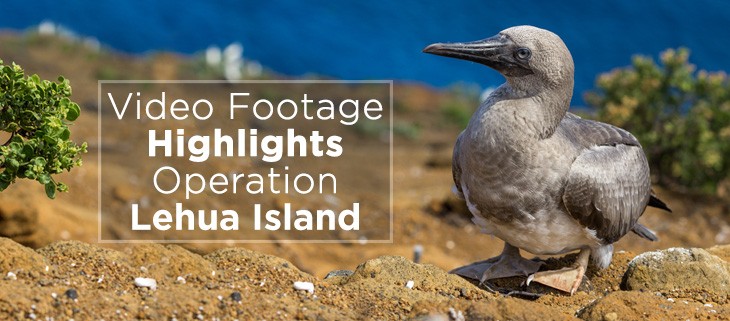
Video captures insights and hopes from the partners who are working to restore Lehua Island, Hawai’i. In 2021, Lehua Island officially became free from the threat of invasive rodents. This is a huge accomplishment that has enriched the region’s biodiversity…
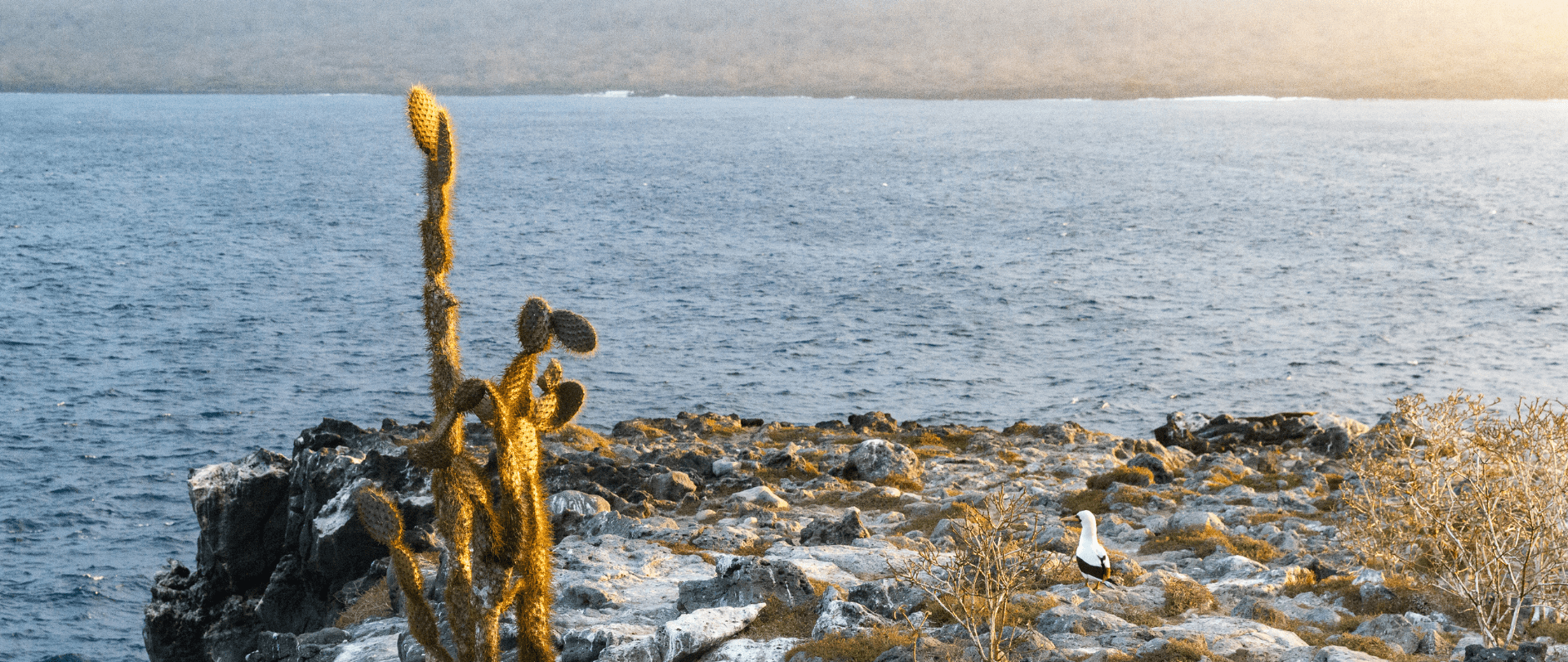
Carolina Torres describes how the project to restore and rewild Floreana Island signals hope for a future where people and nature can thrive together in the Galápagos.
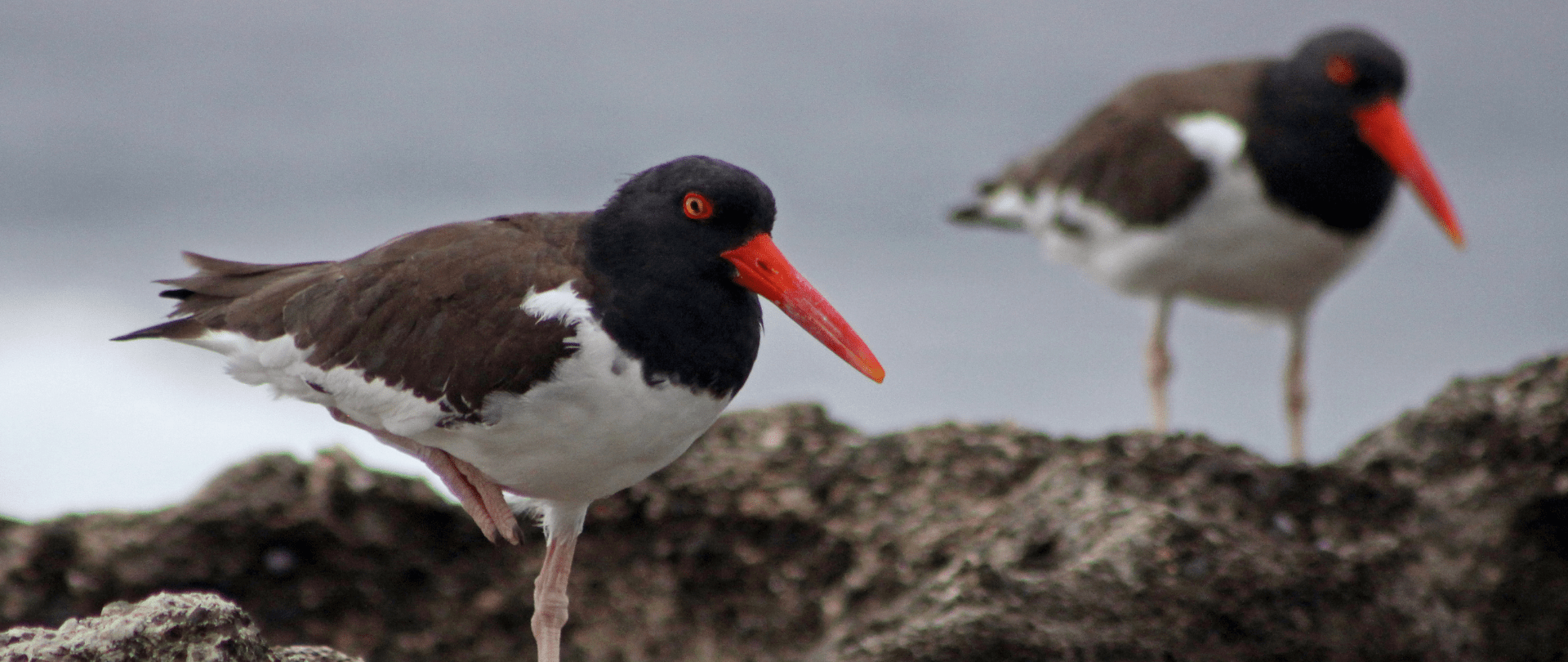
A new plan to restore seabird habitats in areas affected by the Deepwater Horizon disaster includes invasive species removal.